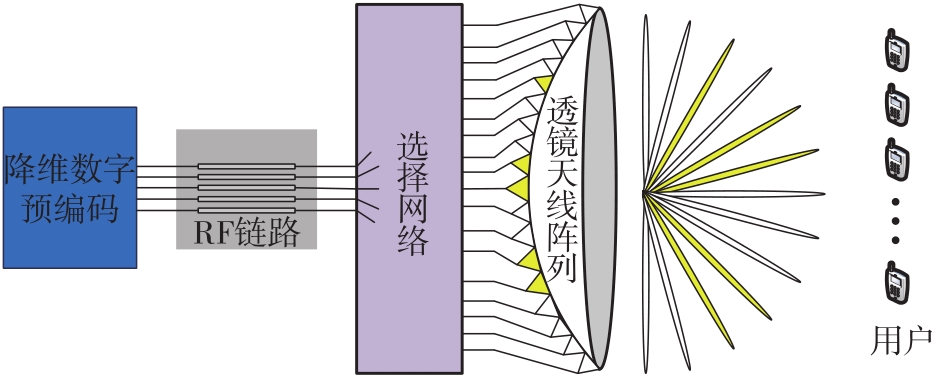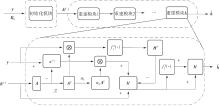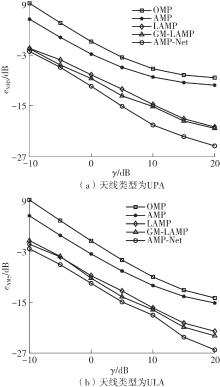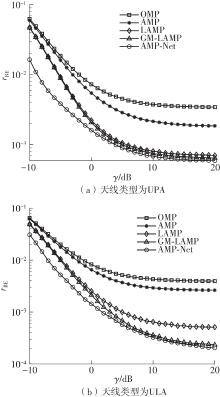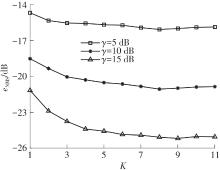华南理工大学学报(自然科学版) ›› 2022, Vol. 50 ›› Issue (12): 101-108.doi: 10.12141/j.issn.1000-565X.220017
所属专题: 2022年电子、通信与自动控制
基于深度压缩感知的波束空间信道估计算法
郑娟毅 慕金玉 邢丽荣 吕媛媛 介沛
- 西安邮电大学 通信与信息工程学院,陕西 西安 710121
Beamspace Channel Estimation Algorithm Based on Deep Compressed Sensing
ZHENG Juanyi MU Jinyu XING Lirong LÜ Yuanyuan JIE Pei
- School of Communications and Information Engineering,Xi’an University of Posts and Telecommunications,Xi’an 710121,Shaanxi,China
摘要:
在带有透镜天线阵列的毫米波大规模多输入多输出系统中,由于射频链路远少于天线数量,因而需要从低维的有效观测信号中通过信道估计恢复出高维信道。当前的信道估计方法基本上利用波束空间信道的稀疏性,将信道估计转化为压缩感知问题再采用不同方法进行估计。针对近似消息传递(AMP)算法在信道估计时需要信道先验信息的局限性,文中提出了一种改进的信道估计算法。首先基于AMP算法推导出新的噪声项并使用卷积神经网络进行拟合,然后将迭代去噪过程展开成深度网络来求解观测信号到信道的线性逆变换,最后将初步估计到的信道通过去残留噪声网络进一步优化。此外,文中引入了可控制参数来增加信道估计过程的灵活性,并通过感知矩阵与其他网络参数的联合训练来提高信道的估计精度。文中从信道的估计精度和系统传输质量两方面对所提算法进行验证,在Saleh-Valenzuela信道模型上进行理论公式推导和系统仿真分析。仿真结果表明,与传统算法相比,文中提出的算法具有较少的模型参数和计算量,并且提高了信道估计精度和通信系统的传输质量。
中图分类号:

